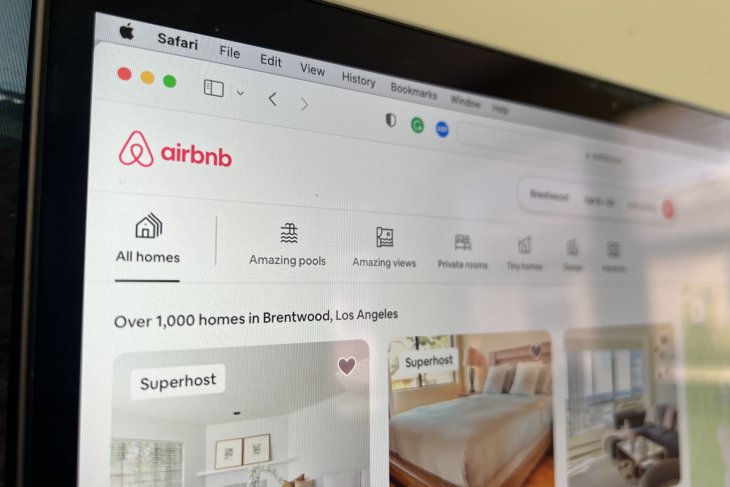Housing costs have exploded in the last 50 years. Owning a home at 25 in 1990 was far more realistic than it is in the 2020s, and many adults now fear that they’ll never be able to earn enough to secure a mortgage. While this is an understandable concern, having a low income does not mean you’re forced to rent forever. With the right strategy, you can save money, optimize your budget and help improve your income over time. Follow these tips to start saving money for a house. You don’t need to earn as much as you may think.
Calculate a Realistic Future Mortgage
Rather than having the thought of paying for a house loom over you, break it down into real numbers. Having something concrete to work with can make it much easier for you to modify your budget. Once you’ve decided on how much you’re comfortable paying per month for housing, you can start looking at properties and comparing mortgage rates. This will give you a better perspective on how much you really need to save and what your future cost of living may look like. While you do this, it is also wise to start adjusting your current living situation to best reflect how you want to live in your future home. Set the budget you intend to have on your current income to make sure it’s livable.
Lower Your Monthly Costs
Each month, you may be paying more than you have to for things that seem non-negotiable. Groceries can be lowered by shopping in bulk, using coupons and even learning how to make things like your own bread. When it comes to debt, negotiate with lenders and look into options like refinancing. Refinancing is the process of paying off existing loans with new ones. You can refinance your student loans into a new one that’s more affordable with a private lender. While the duration of loan may become longer, you’ll be able to free up room in your budget with more management payments.
Meal Plan
Avoid shopping whenever the fridge is empty as this causes you to buy food you might not really want or end up throwing away. Without meal planning, you’re also more likely to overspend because you don’t have any particular dishes in mind. Just filling up the pantry or fridge doesn’t guarantee there’s anything good to eat. Meal planning helps you build a diet that’s both healthy and respective of your monthly food budget. This can also lead you to make healthier choices as well since things like living foods are generally less expensive than processed snacks and sweets.
Kick Memberships to the Curb for Now
If you pay for a gym membership, start exercising at home. Rather than paying nearly $100 a year for Spotify or Apple Music, buy the songs you listen to the most for a one-time cost. Check your bank statement and phone settings for any app subscriptions you may have signed up for and long since forgotten about. You should also consider scaling down subscription packages. Basic subscriptions offer all the fundamentals you need, and most premium perks aren’t worth doubling the cost of your monthly bill anyway. Think about your return on investment for everything you currently pay for. Do you get as much out of the platforms as you pay toward them? Even if you enjoy them occasionally, they might not be worth the long-term expense.


























